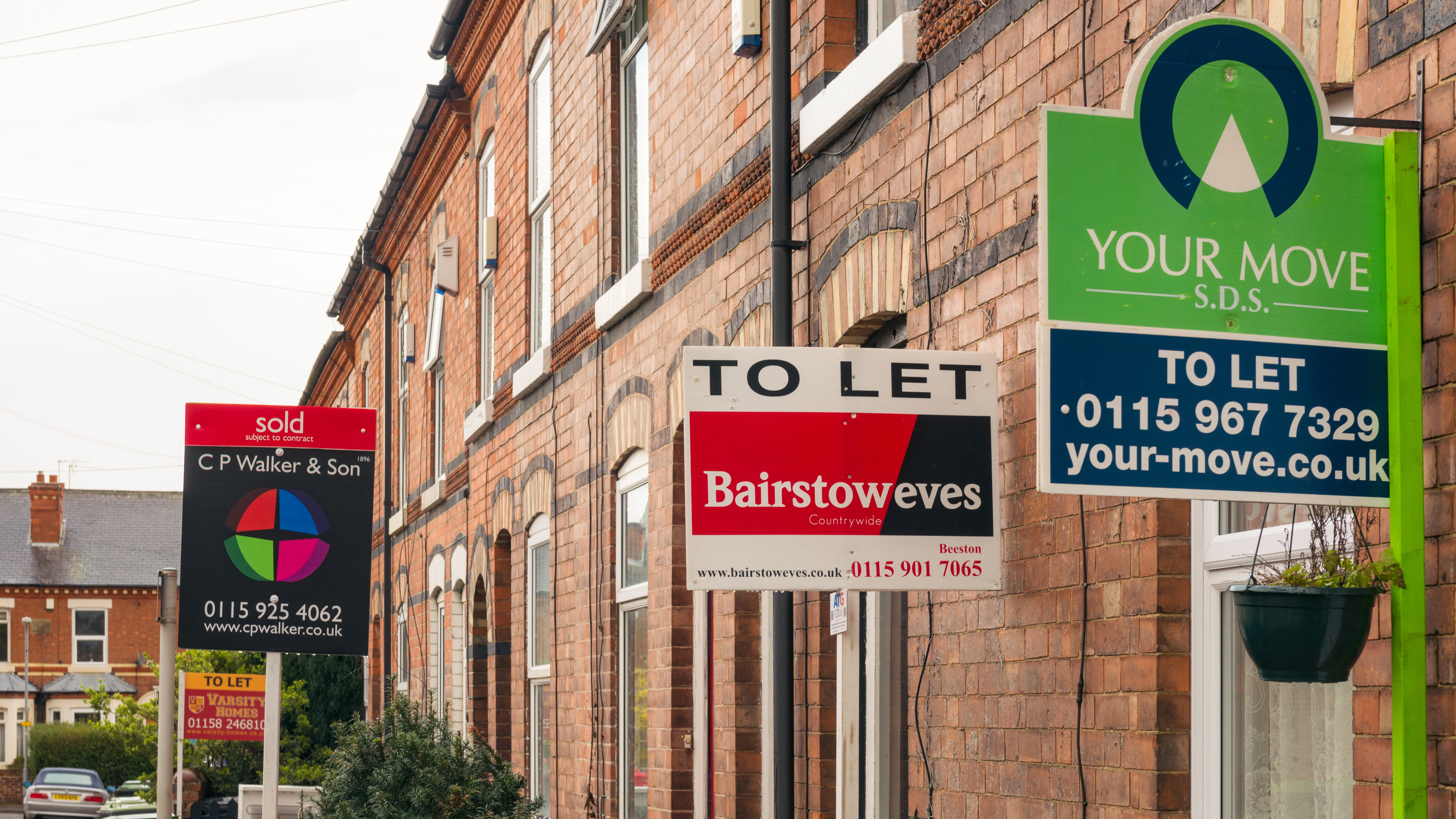Meanwhile Space is solution for ailing high streets
The social enterprise gives new entrepreneurs a chance to low-risk, low-cost commercial renting. Is this model good for ailing small businesses?

One of the biggest challenges new businesses in London face is the exorbitant cost of commercial renting. The Meanwhile movement has been helping entrepreneurs over the past decade by scouting out disused buildings, giving them the necessary repairs and basic refurbishment, and renting them out on short-term leases to new businesses – at highly affordable prices (for example, an arch in south London for as little as £350 per month).
The movement, which is popular in Paris, where an electricity substation and hospitals have been used, and in Aarhus in Denmark and Philadelphia, where it's called 'temporary urbanism', was founded in 2009 by Eddie Bridgeman and Emily Berwin and originally ran on funding, providing businesses across the UK with advice and support. Later, the project became a community interest company, making money by charging rent.
Defending the short-term lease model, Bridgeman and Berwin explain that they provide new businesses with opportunities to establish their business while also giving them 'the chance to fail'. Thus if the business fails, the entrepreneur hasn't gone deep into debt to pay for a long-term lease.
More recently, this very model has come under criticism, since it doesn't necessarily help local communities in the longer term, despite the good intentions. While utilising derelict space is great for cities such as London, particularly for more neglected areas, the people who live there will only really benefit from a local business if they have a need or interest in using it over time.
Meanwhile Space's self-professed focus on 'creative' businesses (think designers, quirky small retailers, and people in media and the arts) can be at odds with what many of London's ailing neighbourhoods really need, particularly affordable housing and amenities for local people in key jobs, such as nursing, cleaning, and teaching.
However, last autumn, think tank Centre for London estimated that a mind-blowing 24,400 commercial properties in London were empty, with around half that number unused for more than the previous two years. Most were owned by local authorities and developers. They judged that the total available vacant space, was equivalent to 27 times the footprint of Westfield London – you can probably think of a few in your own high street.
So, empty shops or temporarily-occupied spaces? Occupying and using an unused site is said to reduce anti-social behaviour, including squatting and vandalism. So, which would you prefer? An occupied space, however temporary, or an empty building? We know which we're backing.
Get small space home decor ideas, celeb inspiration, DIY tips and more, straight to your inbox!
Anna is a professional writer with many years of experience. She has a passion for contemporary home decor and gardening. She covers a range of topics, from practical advice to interior and garden design.